The picturesque coastal town of Dubrovnik, Croatia, has long been a magnet for travelers seeking its medieval charm and stunning Adriatic views. However, in recent years, the influx of tourists has reached overwhelming levels, largely driven by its fame as a primary filming location for the hit HBO series Game of Thrones. As the cobblestone streets and ancient walls of Dubrovnik’s Old Town became synonymous with King’s Landing, the city saw visitor numbers skyrocket, leading to overcrowding and strain on local infrastructure. In response, Croatian authorities have implemented a new policy: mandatory advance reservations for visitors to key attractions, a move aimed at preserving the city’s cultural heritage while managing tourist flow.
The decision to limit access to Dubrovnik’s historic sites didn’t come overnight. For years, locals and officials voiced concerns about the impact of mass tourism on the city’s delicate ecosystem. The UNESCO-listed Old Town, with its narrow alleys and baroque buildings, was never designed to accommodate the thousands of daily visitors it now attracts. During peak season, crowds would bottleneck at popular spots like the Jesuit Staircase (where Cersei Lannister’s infamous walk of shame was filmed) or the imposing Lovrijenac Fortress (the stand-in for the Red Keep). The result was not just discomfort for tourists but also accelerated wear and tear on centuries-old structures.
Under the new system, visitors must book timed entry slots for Dubrovnik’s walls and major landmarks through an online portal. The daily cap is set at a fraction of previous foot traffic, allowing for a more controlled and enjoyable experience. While some travelers may lament the loss of spontaneity, early feedback suggests the restrictions have improved the quality of visits. Walking the city walls at sunrise or exploring Fort Lovrijenac without jostling through throngs of tourists has become a reality rather than a fantasy. Local guides, too, have welcomed the change, noting that smaller groups allow for more meaningful interactions and deeper storytelling about Dubrovnik’s real history—not just its fictional counterpart.
The ripple effects of Dubrovnik’s tourism strategy extend beyond visitor management. By reducing overcrowding, the city hopes to address another pressing issue: the exodus of residents from the historic center. As apartments were converted into lucrative vacation rentals, the year-round community dwindled, leaving parts of the Old Town eerily quiet in winter. The new measures, coupled with stricter regulations on short-term rentals, aim to rebalance the scales, making urban life sustainable for locals again. It’s a delicate dance between economic necessity and cultural preservation—one that other Game of Thrones filming locations, from Iceland’s glaciers to Spain’s Seville, are watching closely.
Critics argue that such policies might deter tourists or unfairly privilege those who plan far ahead. Yet, Dubrovnik’s mayor insists this isn’t about exclusivity but sustainability. "We’re not closing our doors," he remarked in a recent interview. "We’re ensuring that when people walk through them, they’re experiencing the real Dubrovnik—not a theme park version of it." The city has also invested in promoting lesser-known gems beyond the Game of Thrones trail, from the serene Lokrum Island to the wine-producing Konavle Valley, encouraging visitors to disperse their itineraries.
As the sun sets over the Adriatic, casting golden light on Dubrovnik’s limestone walls, the city stands at a crossroads. The Game of Thrones phenomenon brought it unprecedented attention, but also unprecedented challenges. By pioneering visitor limits, Croatia isn’t just protecting a filming location—it’s safeguarding a living, breathing medieval masterpiece for generations to come. Whether other overtouristed destinations follow suit remains to be seen, but for now, Dubrovnik offers a compelling case study in how to balance fame with preservation.

By Emily Johnson/Apr 11, 2025
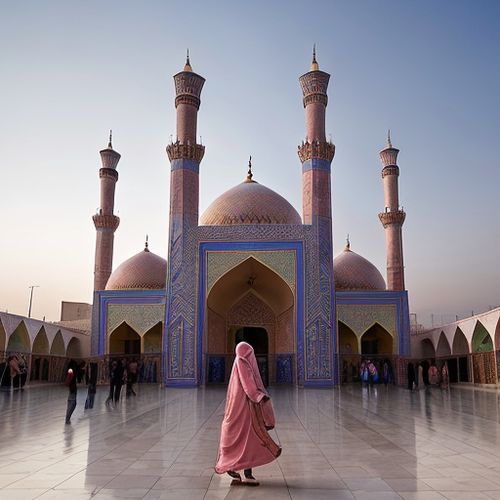
By William Miller/Apr 11, 2025

By Benjamin Evans/Apr 11, 2025

By Grace Cox/Apr 11, 2025

By Amanda Phillips/Apr 11, 2025
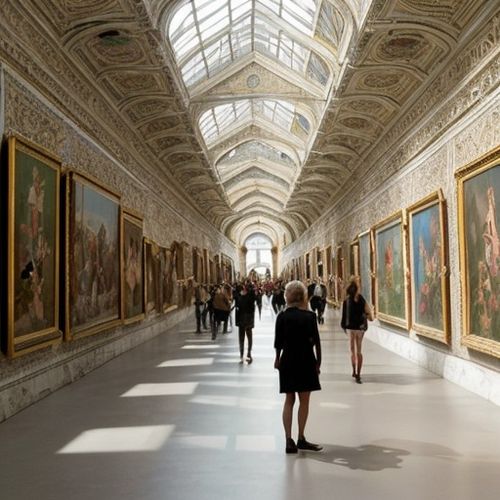
By James Moore/Apr 11, 2025

By Natalie Campbell/Apr 11, 2025
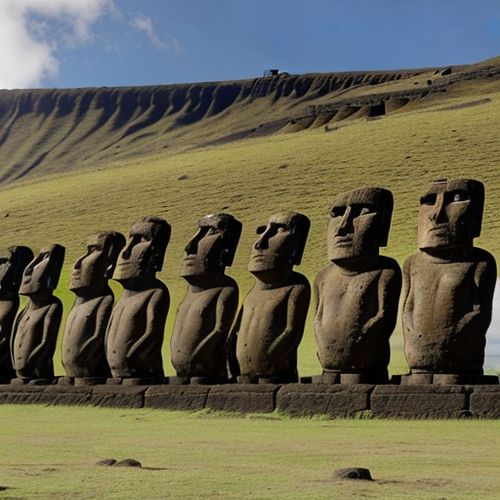
By Eric Ward/Apr 11, 2025

By James Moore/Apr 11, 2025

By Emily Johnson/Apr 11, 2025

By Christopher Harris/Apr 11, 2025

By Michael Brown/Apr 11, 2025
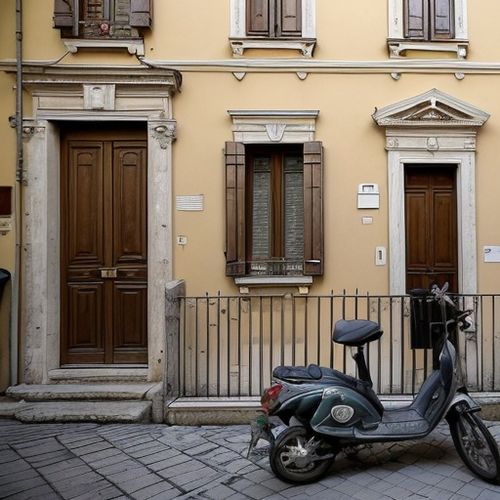
By Rebecca Stewart/Apr 11, 2025

By John Smith/Apr 11, 2025
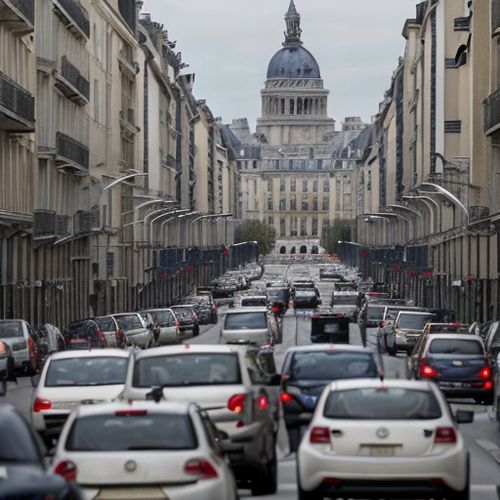
By Natalie Campbell/Apr 11, 2025

By Emily Johnson/Apr 11, 2025

By John Smith/Apr 11, 2025

By Michael Brown/Apr 11, 2025

By Amanda Phillips/Apr 11, 2025

By Joshua Howard/Apr 11, 2025